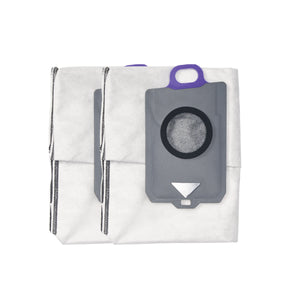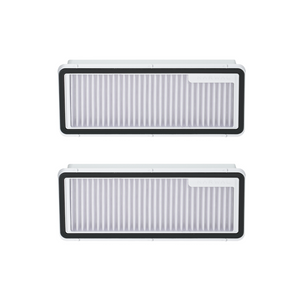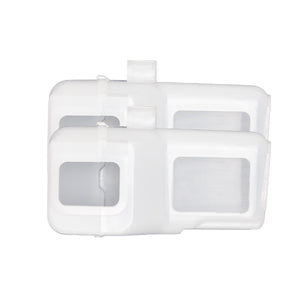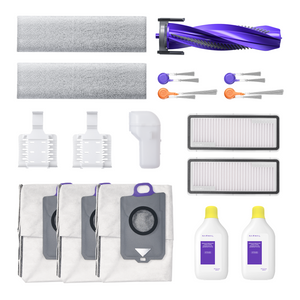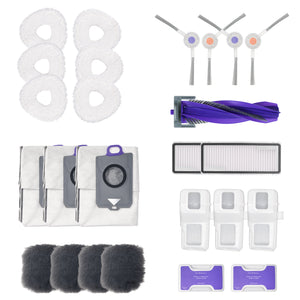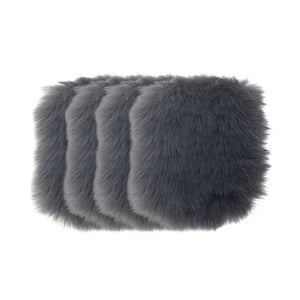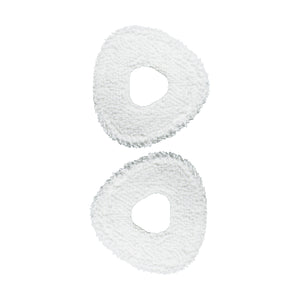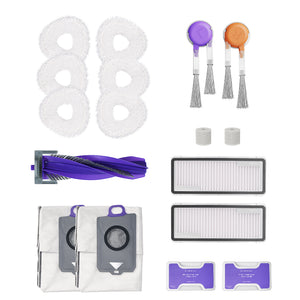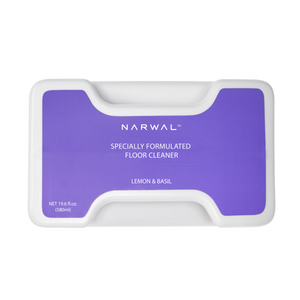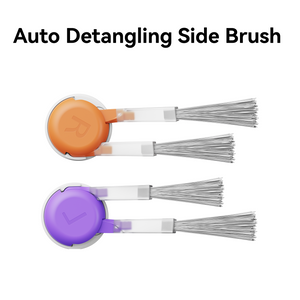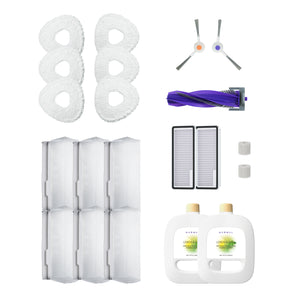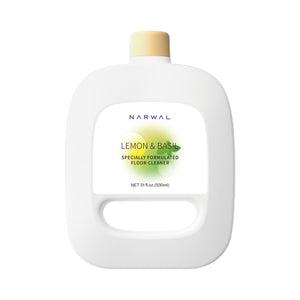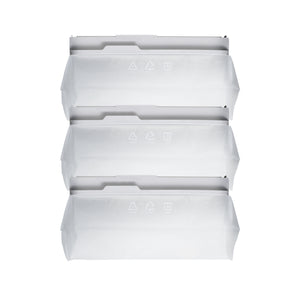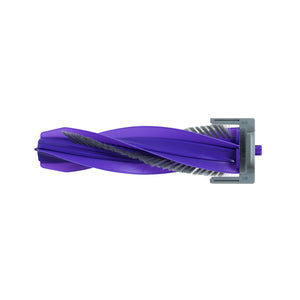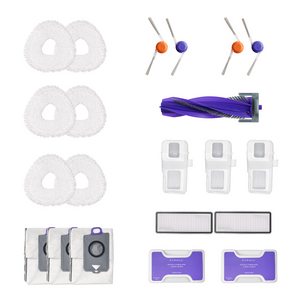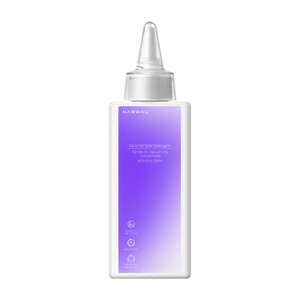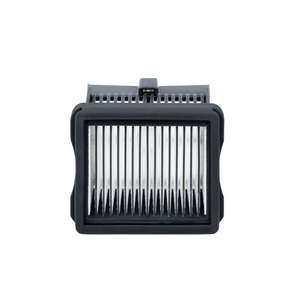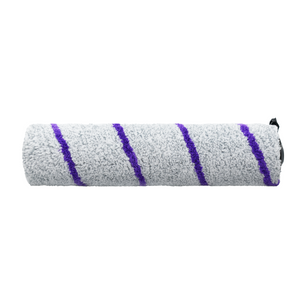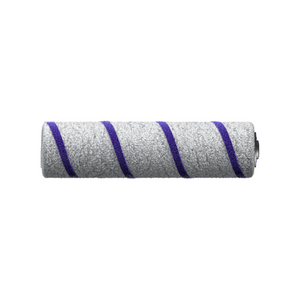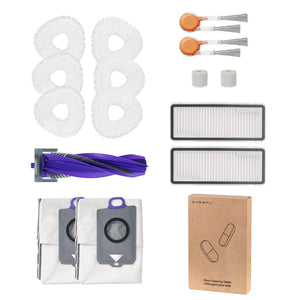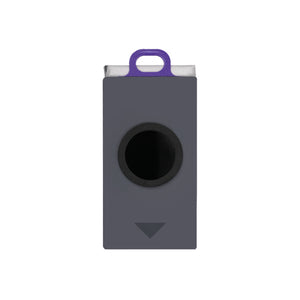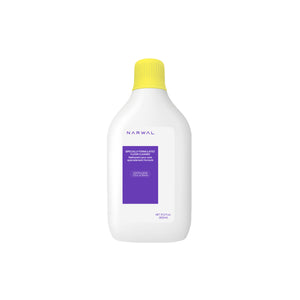A small stain can ruin a clean space. But washing the whole item is often unnecessary and risky. Spot cleaning gives you a faster, safer way to fix what actually needs fixing.
This guide starts by explaining what spot cleaning is and when to use it. You will then learn how to spot clean correctly, with steps that apply to clothes, furniture, floors, and more. We break down the best methods based on material and stain type, so you can act with clarity, not guesswork.
What Is Spot Cleaning?
Spot cleaning means treating only the stained or soiled area of an item, without cleaning the entire thing. It is fast, efficient, and especially helpful when cleaning the whole garment or surface isn’t practical or recommended.
Whether it’s a splash of coffee on your favorite cushion, a smudge on a “dry clean only” blouse, or a muddy paw print on the floor, spot cleaning lets you fix the problem without making it bigger.
So when should you use it? That depends. But you’ll know when you see it.
When Should You Use Spot Cleaning?
Spot cleaning is ideal when a small area of an item is dirty, but the rest is still clean. It’s also the best option for materials that can’t handle full washing, like delicate fabrics or upholstered furniture.
You’ll want to spot clean when messes happen in just one place—like a drip of sauce on your shirt, a coffee stain on the carpet, splashes on the kitchen counter, or a muddy spot on the floor. It also works well for marks on walls or a dusty patch on the sofa that doesn’t justify a full deep clean.
In addition to convenience, spot cleaning helps protect materials that could be damaged by soaking or machine washing:
-
Silk is prone to water spots and can lose its sheen if soaked.
-
Wool may shrink or lose shape when washed improperly.
-
Velvet can flatten and become patchy with excess moisture.
-
Leather and suede can develop stains or stiffen when exposed to water.
-
Beaded, sequined, or embroidered fabrics may be damaged by friction or spin cycles.
-
Garments labeled “spot clean only” often contain mixed materials or internal structures that can’t handle full washing.
How to Spot Clean in the Correct Way?

Knowing how to spot clean properly can make the difference between saving a favorite item and making things worse.
In this section, we’ll walk through the essentials. Acting fast, choosing the right spot cleaning solution, applying it with care, and drying thoroughly are all part of the process. If you've ever wondered how to spot clean without causing damage, you're in the right place.
Let’s take it step by step.
1. Act Quickly to Blot the Stain
The first rule of spot cleaning is speed. The sooner you respond, the better your chances of completely removing the stain. Fresh stains are easier to lift because they haven’t yet settled into the fibers or dried on the surface.
Start by gently blotting the stained area with a clean white cloth or plain paper towel. If you have nothing else on hand, even a tissue can help at the moment. The goal is to absorb as much of the liquid or residue as possible before it has time to set. Never rub. Rubbing spreads the stain and pushes it deeper into the material.
If the spill is thick, such as sauce, makeup, or mud, use the edge of a dull utensil or a credit card to carefully lift off the excess. Do this slowly to avoid pressing it further into the fabric or surface.
2. Use Different Methods Based on Stain and Fabric
No single method works for every stain. To spot clean effectively, you need to match your approach to the fabric type and the kind of mess you’re dealing with.
For clothing made of cotton, polyester, or blends, a mix of mild detergent and water usually works well.
Apply the solution with a clean cloth and gently blot. For oily stains like butter or makeup, you can add a small amount of dish soap. Avoid soaking the fabric. Most everyday shirts and pants fall into this group, making them easier to manage.
For delicate fabrics such as silk, wool, or velvet, be extra cautious. These are often labeled spot clean only for a reason.
Use a damp cloth with cold water and just a drop of mild soap, then blot carefully. Never scrub or twist the fabric. If the stain is deep, it’s often safer to stop and seek professional help.
For carpets and rugs, start by lifting any debris with a vacuum or spoon.
Then blot with a solution of water and mild detergent. For tougher stains like wine or ink, use a product designed for carpets, but make sure it’s safe for your material. Don’t oversaturate, and always rinse with a clean damp cloth afterward.
For upholstery or furniture, check the care label.
If it allows water-based cleaning, use a diluted soap solution and blot gently. For greasy marks, baking soda can help absorb the oil before cleaning. Be patient and work in small sections.
For laminate flooring, avoid using too much water, as it can seep between the boards and cause swelling.
A slightly damp microfiber cloth with diluted soap is enough for most surface marks. For daily maintenance and accidental spills, a smart device like the Narwal robot vacuum is highly effective at keeping the floor clean without moisture damage.
For kitchen countertops, the material matters.
For granite or quartz, use a pH-neutral cleaner or mild soap with warm water. Avoid acidic solutions like vinegar, which can dull the finish. For laminate counters, wipe with a damp cloth and a small amount of dish soap. Always dry the surface to prevent buildup.
For painted walls, spot cleaning requires a gentle touch.
Use a soft sponge or cloth dampened with water and a tiny bit of soap. Rub lightly in circles. If the paint is matte, avoid scrubbing too hard, as the color may fade or the texture may change.

3. Pro Tips for Spot Cleaning
-
Test cleaning products on a hidden area only once. If it passes, start cleaning. No need to keep rechecking.
-
Use a clean cloth, not just a dry one. Cotton works best because it absorbs without leaving lint. Paper towels can break apart on textured surfaces.
-
Blot from the edges inward. This limits stain spread. Use firm, short presses instead of wiping.
-
Change blotting cloths often. The moment the cloth absorbs color or dirt, switch to a clean side.
- Don’t overthink it. Small, steady actions are more effective than scrubbing harder or using more products.
4. Dry Thoroughly and Repeat If Needed
Once the stain has been treated, the job isn’t finished until the cleaned area is completely dry. Blot until the fabric or surface feels barely damp. A dry towel pressed gently will pull out hidden moisture. Let it air dry in natural airflow. Skip dryers or heat, especially on fabrics or laminate.
After drying, inspect the area in natural light. Some stains look like they’re gone when wet but reappear once dry. If the mark is still there, repeat the spot cleaning steps using a gentler touch or a fresh cloth.
If the second attempt fails, stop. Over-treating causes more damage than the stain itself. Seek professional help if needed.
FAQs About Spot Cleaning
Is Spot Clean the Same as Hand Wash?
No, spot clean and hand wash are not the same.
Spot cleaning means you only clean a small area with a cloth or sponge. The rest of the item stays dry. Hand washing means you wash the whole item gently by hand in water. Spot cleaning is used when full washing might cause damage or is not needed.
Does Spot Clean Mean No Washing Machine?
Yes, if the label says "spot clean only," do not use a washing machine.
These items are often too delicate or contain materials that can't handle soaking or spinning. Washing machines may cause shrinking, color loss, or breakage. Spot cleaning keeps the item safe by limiting water and movement.
Can I Use Laundry Detergent to Spot Clean?
Yes, you can use a small amount of mild laundry detergent to spot clean.
Mix it with water to make a gentle cleaning solution. Always test it on a hidden area first. Use just enough to treat the stain. Too much soap can leave a mark or make rinsing harder. Choose a fragrance-free or dye-free detergent for best results.

Master Spot Cleaning with Confidence and Care
Spot cleaning is not just a quick fix. It is a smart and effective way to protect the things you care about. When you act early, choose the right method, and follow through, messes stay manageable.
For daily dirt or sudden spills on laminate floors, you can take it one step further. The Narwal robot vacuum and mop gives you hands-free support for keeping floors spotless without over-wetting or damage. It is fast, reliable, and built for the everyday messes you do not have time to chase.
Try Narwal today. Let your floors stay clean while you focus on everything else.



















